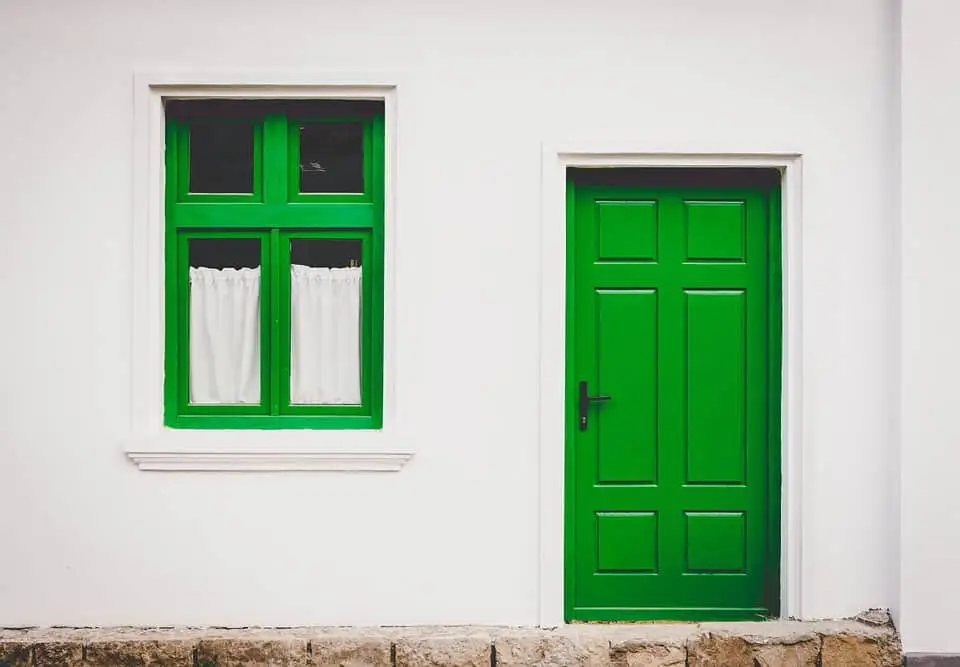This is a contributed post in collaboration with Beycome.
When done right, flipping a home can rake in a huge profit. But why flip houses? What’s the appeal? Well, watching shows like ‘Flip or Flop’, and ‘Masters of Flip’ can convince you pretty quickly why such an activity can be appealing to some. There are many benefits to flipping homes, with some being: the potential to make a good profit, personal development, and the simple fact that rehabbing homes (especially for those who have an artistic eye) is fun! However, there are some risks involved too that one ought to consider before they jump into flipping homes. The biggest risk deserves a section of its own before we dive into all the awesomeness that is flipping homes!
Potential to Lose a Lot of Money
Of course, with the potential for big rewards comes a degree of risk. Before you get into flipping homes, it’s crucial you understand that. One of the best ways to purchase a home while mitigating your expenses is through either an auction or foreclosure. However, the only caveat is that using either of these options often mean that you will not have the time to properly assess any possible issues and/or damage that could cost substantial amounts of money to fix. If you’re spending way more than you would earn on the house in repairs, you run the risk of suffering a huge deficit. Issues like cracked foundations, mold, asbestos, or plumbing problems could easily lower or erase your profit.
Beyond housing repair issues, market trends are also another thing to watch. Fluctuations in the real estate market can affect the marketability of your property, and you’ll be expected to continue paying the mortgages in the interim; this is known as a holding fee.
In addition to potentially losing money, other factors like stress and naivety in terms of real estate knowledge can act as potential hindrances. The bottom line is this: research, research, research! This endeavor isn’t something you can just dive into without any foresight. Now with warnings out of the way, let’s get into the interesting (and lucrative!) world of flipping homes.
Target the Right Market
Market research. It’s an important facet of every successful business model. Is your local market hot right now? If it isn’t, what markets are? Are they in different counties? Or even in different states? The main goal of this step is to see where cash buyers are putting their money. This step is the most important one and should be taken very diligently. After all, as mentioned above, it could be the difference between a profit or loss!
Doing this research isn’t particularly hard either. It can be as simple as seeing how many houses are selling in the area. If the number is low, this is a clear-cut sign that you may need to concentrate on another market. Even in areas of high demand, buyers may be price sensitive, thus it is important to determine a price within a reasonable range for the audience you’re appealing to. Also, by listing on your local MLS, your chances of finding a buyer are much higher. This leads to the next section: finding the right price!
Finding the right price
So there is some sizable research that needs to go into finding a price that will lead to conversion. However, with determining a listing price, you need to also cushion this price so that you turn a profit as well. If the listing price you determine is too low, you may be able to sell your house fairly quickly, sure, but what use is this when you’re only losing money in the end? And yet, we must ask the following question: what is the right price? According to Clothier, the process looks like this:
- Gather the last 30 days of transactions in the neighborhood or block you’re looking to purchase a property in; extract the price from this average, erring on the higher or lower end depending on what features your property offers.
- Add the address of your property to sites like Zillow, Trulia, and RedFin to estimate the retail price. Get the difference.
- Now assess the average of all those differences; this is known as a gap. Typically, a gap is the average markup, or markdown, from retail for any given property in that particular market.
- When you find a listing, use this gap to assess a reasonable price that a cash buyer would be willing to pay.
- Now, ensure that whatever home you purchase is lower than that gap. How to do this? Try to find a desperate seller and an all-cash offer.

